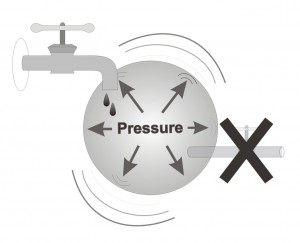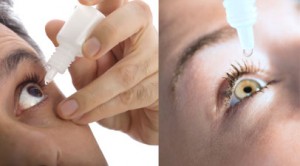Within each healthy eye is a lens that we are born with. This lens, which is crystal clear, is important in focusing the light onto the retina, and enabling us clear vision. The definition of the word ‘cataract’ is clouding of this natural lens. This cloudiness (opacification) interferes with the passing of light through the lens, and as a result a blurred and foggy picture is obtained.
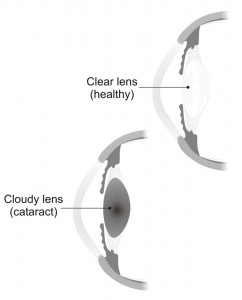
This situation is similar to looking through a dirty windshield or through a curtain that obscures the view through a window. This loss of clarity of the human lens usually develops as part of changes that are associated with aging, but may also be connected to trauma to the eye, various diseases (such as diabetes), or the use of certain medications, such as high-dose steroids. Additionally, genetic factors play a role in the rate of development of the cataract. As described previously, healthy lens is entirely transparent, and its purpose is to focus rays of light onto the retina, in order to create a sharp and clear image. Despite the fact that the processes which lead to the development of a cataract are not entirely obvious, it is certain that cataract is not the result of excessive use of the eye. In areas where medical treatment exists, cataract no longer results in blindness, as it does in underdeveloped areas like Africa.
Cataract is often accompanied by the following complaints:
Blurred vision that is not associated with pain; a high frequency of changes in the prescription for the number of the glasses (the sudden necessity to change glasses every few months); a sensation of being momentarily blinded by strong lights (such as being blinded by the headlights of a car traveling in the opposite direction while driving at night); double vision in one eye; need for strong lighting in order to read; reduced night vision; changes in seeing color such as fading, or yellowing; and last, failing a driver’s license eye examination. It is important to note that only an ophthalmologist can diagnose a cataract, so that even if you suffer from some, or even all, the above complaints, it does not mean that the reason is necessarily a cataract. However, each one of the above complaints justifies turning to an ophthalmologist for the purpose of a detailed eye exam, in order to obtain a diagnosis and treatment.
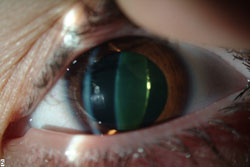
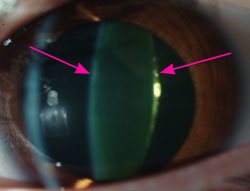
The pace at which the cataract develops varies from person to person, and often, even between the two eyes of the same person. In fact, it is common to find that there is a more advanced cataract in one eye as opposed to the other. Remember that most cataracts develop slowly and gradually over the period of many years.
The treatment of a cataract that significantly interferes with vision is a cataract operation which is aimed at removing the opaque lens and replacing it with an artificial, crystal-clear intraocular lens.

